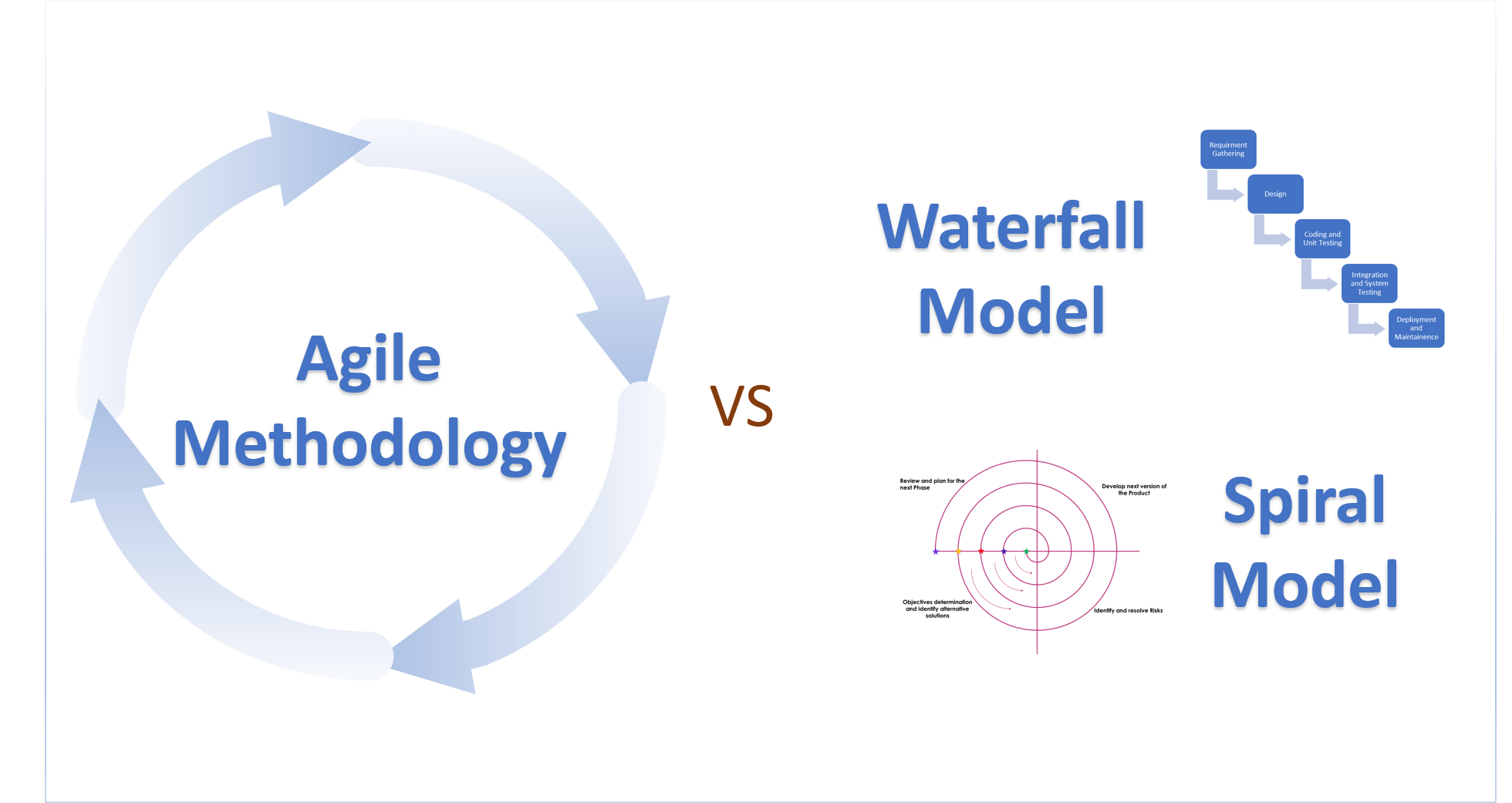
The reason? To avoid starting development before the design work is completed, which could give way to possible incongruities in both ends.

Waterfall ensures that each phase is completed before moving on to the next one. It contemplates all the essential points that compose software development, and its simplicity made it very easy to understand and adopt immediately. When a phase is completed, its output becomes the input for the next one, which starts immediately after the former. Some variations of the original model emerged in the following decades, but the logic behind Waterfall remained the same.
WATERFALL VS AGILE VERIFICATION
It was published in 1970 by the computer scientist Winston Walker Royce, and it originally contemplated five distinct phases: requirements, design, implementation, verification and maintenance. The Waterfall methodology was named after its sequential phases arranged in a downward fashion (similar to actual waterfalls), representing the various steps of software development from one end to the other.

Is Waterfall dead? Did Agile definitely take its place? Is one better than the other? Waterfall came first, Agile appeared more recently, but we're far from reaching a consensus about which better suits development needs.

When it comes to software development, there's always that million-dollar question: which methodology to use, Waterfall or Agile? Everyone has an opinion about it, and often, preferring one methodology means disregarding the other as a valid option.


 0 kommentar(er)
0 kommentar(er)
